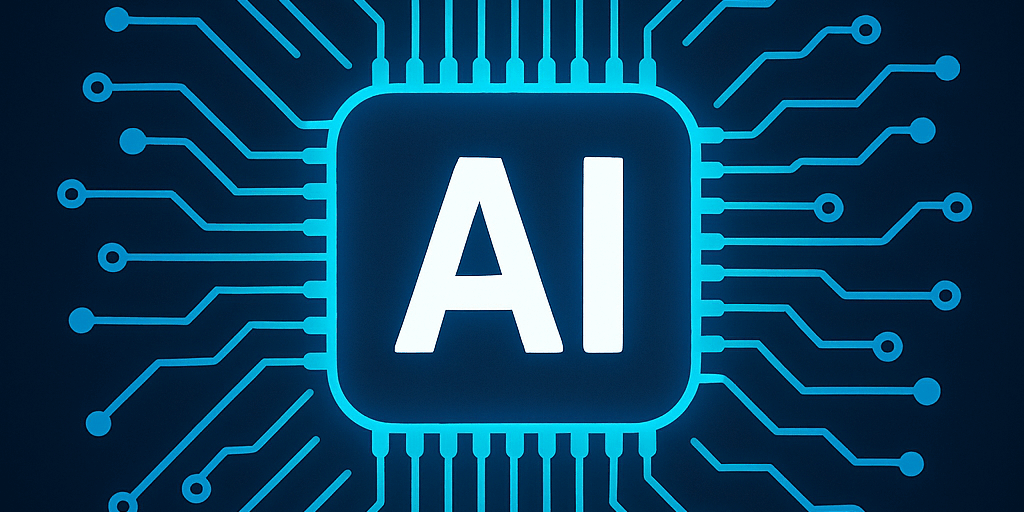In the evolving world of personal property appraisal, accuracy, efficiency, and professionalism are paramount. As the demand for timely and well-documented appraisal reports grows, personal property appraisers are turning to artificial intelligence (AI) to enhance their workflows. From data organization to report generation, AI is proving to be a powerful ally.
1. Automated Data Entry and Categorization
One of the most time-consuming aspects of appraisal work is entering and organizing item details. AI-powered tools can:
- Extract data from photos, receipts, or handwritten notes using OCR (Optical Character Recognition).
- Automatically categorize items based on descriptions, materials, or provenance.
- Suggest standardized terminology to maintain consistency across reports.
This reduces manual input errors and speeds up the initial stages of report creation.
2. Image Recognition for Object Identification
AI image recognition can assist in identifying objects, styles, or makers—especially useful for fine art, antiques, and collectibles. By analyzing uploaded images, AI can:
- Suggest possible artists or manufacturers.
- Compare items to similar ones in online databases or auction results.
- Flag inconsistencies or anomalies for further review.
This helps appraisers validate their assessments with greater confidence.
3. Market Research and Comparable Sales Analysis
AI can scan auction databases, online marketplaces, and historical sales records to:
- Identify comparable items and their sale prices.
- Highlight market trends and fluctuations.
- Provide real-time valuation insights.
This empowers appraisers to support their valuations with up-to-date, data-driven evidence.
4. Natural Language Generation for Report Writing
AI writing assistants can help draft narrative sections of appraisal reports, such as:
- Item descriptions
- Condition summaries
- Methodology explanations
By inputting structured data, appraisers can generate polished, professional text that can be edited and customized as needed—saving hours of writing time.
5. Compliance and Standards Checking
AI tools can review reports to ensure they align with USPAP (Uniform Standards of Professional Appraisal Practice) or other relevant standards. They can:
- Flag missing sections or required disclosures.
- Suggest improvements to language clarity or objectivity.
- Help maintain consistency across multiple reports.
6. Client Communication and Presentation
AI can also enhance how appraisers present their findings to clients:
- Generate interactive or visual summaries of appraisals.
- Create client-ready PDFs with dynamic formatting.
- Translate reports into different languages for international clients.
Conclusion
AI isn’t here to replace personal property appraisers—it’s here to empower them. By automating repetitive tasks, enhancing research capabilities, and improving report quality, AI allows appraisers to focus on what they do best: applying their expertise and judgment to deliver accurate, credible valuations.
Whether you’re a solo practitioner or part of a larger firm, integrating AI into your appraisal process can elevate your practice and give you a competitive edge in a rapidly changing industry.
We’re committed to continually improving CollectorproOnline to meet your evolving needs. Your feedback is crucial to this process, and we genuinely appreciate you taking the time to share your suggestions.
Find out how to supercharge your personal property appraising practice with the help of Collectorpro Software!







